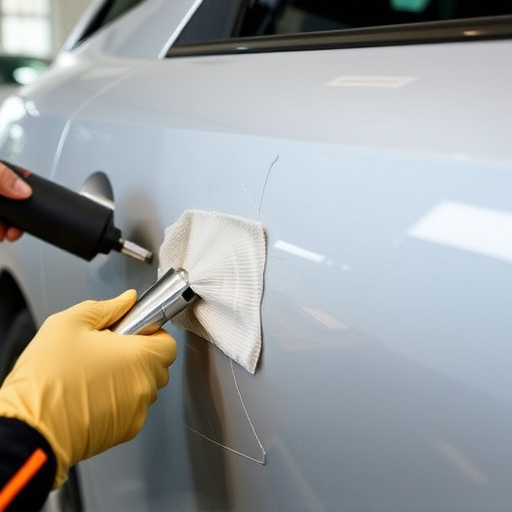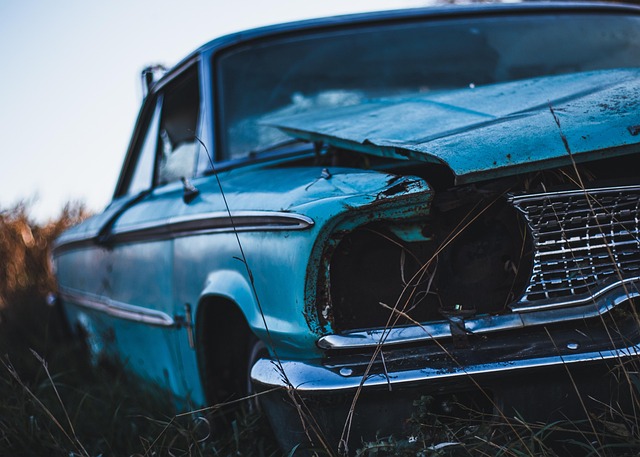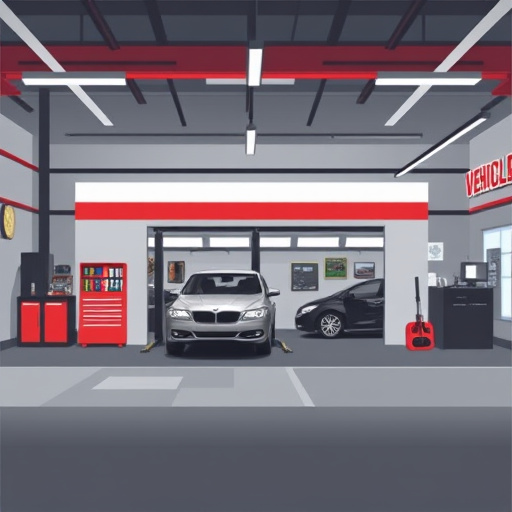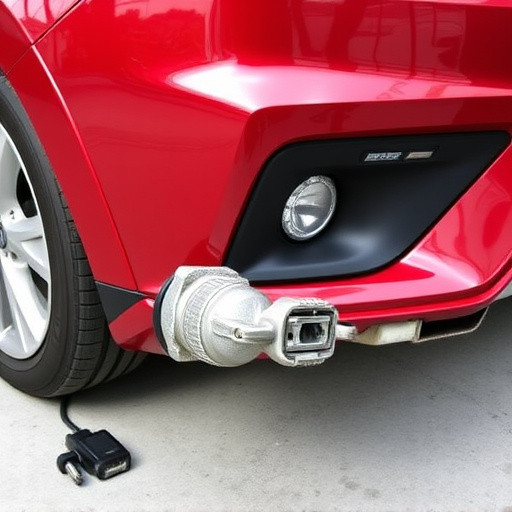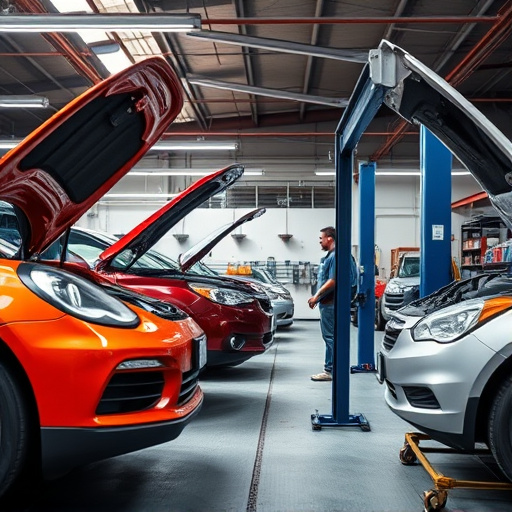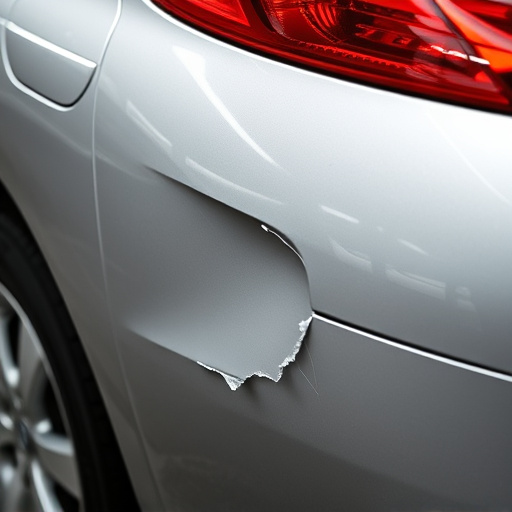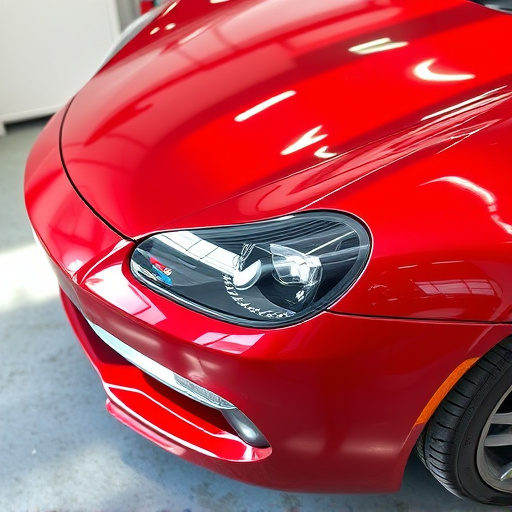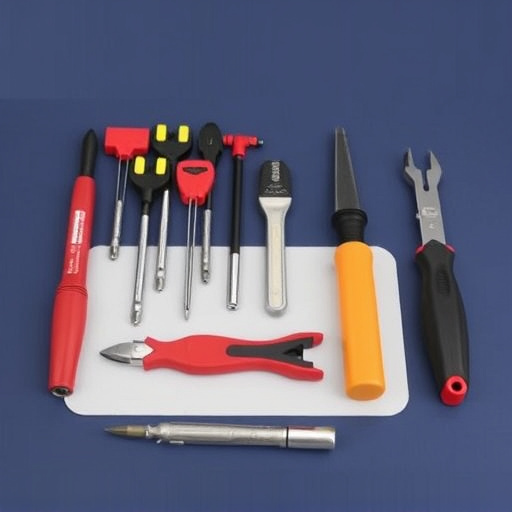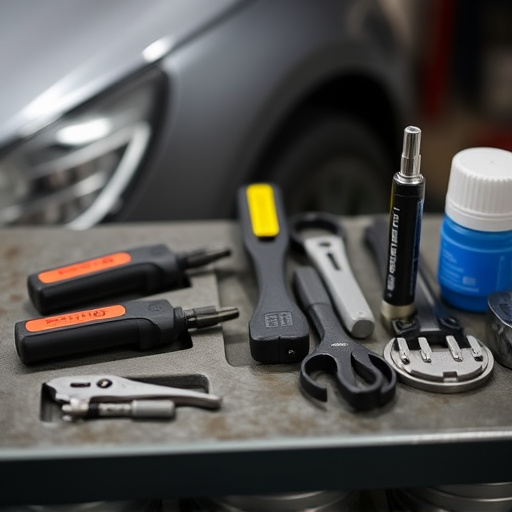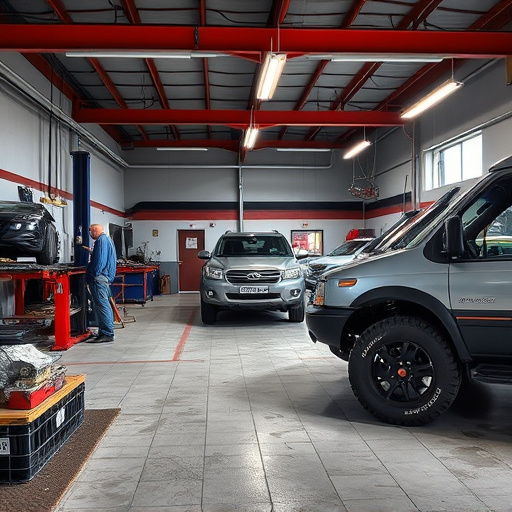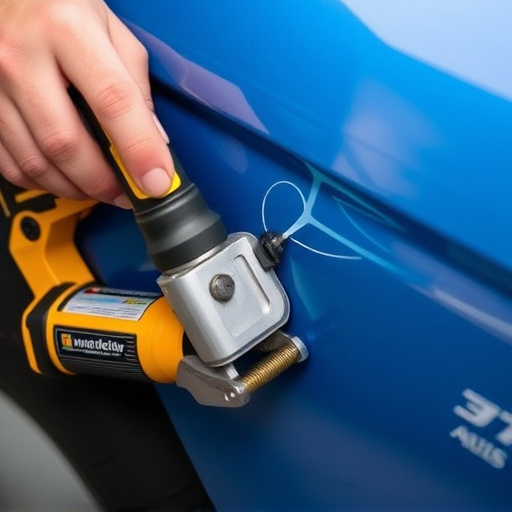Tesla structural integrity repair requires specialized knowledge and tools due to advanced vehicle designs. Identifying high-impact zones near doors, fenders, and bonnets is key using diagnostic technology combining sensor data and CAD models. Repairs involve precise 3D scanning, disassembly, alignment, panel replacement, air straightening, and expert painting for optimal structural stability and aesthetic preservation.
Tesla vehicles, renowned for their cutting-edge technology and innovation, face unique structural design challenges. This article delves into the critical aspect of Tesla structural integrity repair in high-impact zones, areas most susceptible to damage during collisions. We explore the complexities these zones present and how advanced repair techniques ensure optimal restoration. By understanding the specific demands placed on Tesla vehicles’ structures, we can emphasize the importance of effective repair strategies for maintaining safety and integrity.
- Understanding Tesla's Structural Design Challenges
- Identifying High-Impact Zones in Vehicles
- Advanced Repair Techniques for Optimal Integrity Restoration
Understanding Tesla's Structural Design Challenges
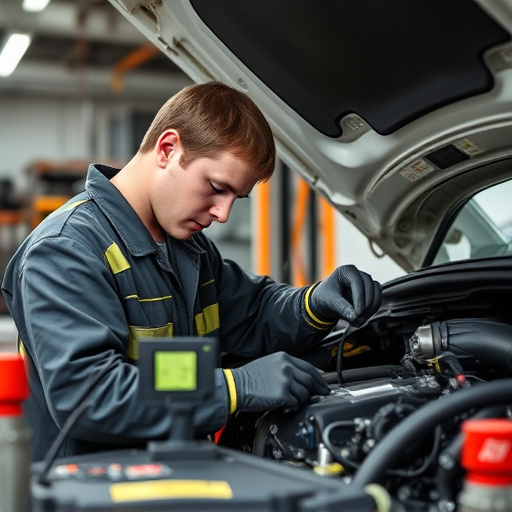
Tesla vehicles are renowned for their cutting-edge technology and innovative design, but like any other car, they face unique structural integrity challenges, especially in high-impact zones. These electric vehicles (EVs) often feature lightweight materials such as aluminum and advanced composite structures to enhance performance and efficiency. However, this design also presents specific repair considerations when dealing with damage, particularly from accidents or fender benders.
In the event of a collision, the impact can cause complex deformation in these modern automotive body shops. Tesla structural integrity repairs require a delicate balance between retaining the vehicle’s original structural integrity and ensuring safety standards. The goal is to preserve the vehicle’s overall stability and performance while repairing any damage meticulously. Vehicle restoration techniques must adapt to these challenges, employing specialized tools and knowledge to realign and strengthen affected components, ultimately restoring the car to its optimal condition after a high-impact event.
Identifying High-Impact Zones in Vehicles
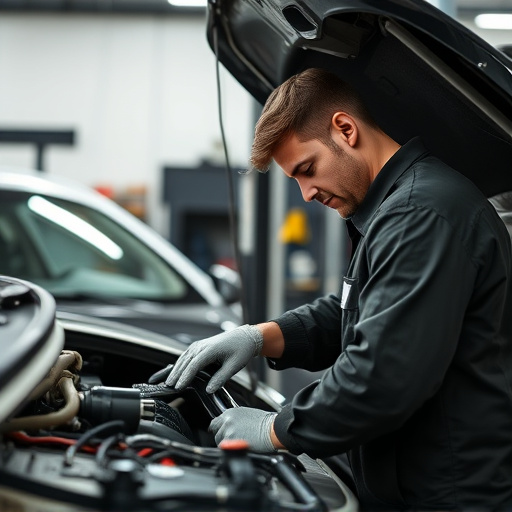
Identifying high-impact zones in vehicles is a critical step in ensuring Tesla structural integrity repair is effective. These areas, often near doors, fenders, and the bonnet, are more vulnerable to damage during collisions due to their proximity to the points of initial impact. Auto repair shops employ advanced diagnostic tools to pinpoint these zones, analyzing sensor data and computer-aided design (CAD) models to understand how force travels through a vehicle’s structure in various accident scenarios.
Understanding high-impact zones allows for targeted Tesla structural integrity repair. Specialized car bodywork services focus on reinforcing these areas with state-of-the-art materials and techniques. In cases of auto glass replacement, for instance, advanced adhesives and impact-resistant glass are used to enhance structural stability. This meticulous approach ensures that vehicles, especially Teslas known for their innovative design, maintain optimal safety standards even after repairs.
Advanced Repair Techniques for Optimal Integrity Restoration
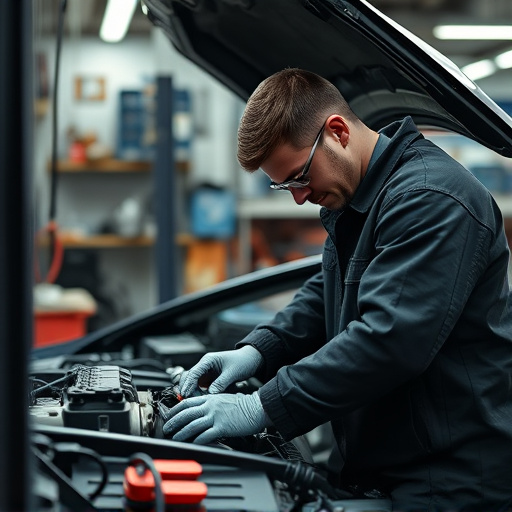
In the realm of Tesla structural integrity repair, high-impact zones demand advanced techniques to ensure optimal integrity restoration. These areas, often subjected to intense collisions or accidental damage, necessitate precision and expertise. Specialized tools and methods are employed to accurately assess and address each unique challenge, from crumpled hoods to damaged doors. By leveraging cutting-edge technology, such as 3D scanning and advanced robotics, technicians can achieve exact repairs, preserving the vehicle’s structural soundness while maintaining its aesthetic appeal.
The process involves meticulous steps, including disassembly, precision alignment, and expert panel replacement. For instance, a skilled technician might employ a combination of high-pressure air and specialized adhesives to straighten bent metal, followed by meticulous auto painting to match the vehicle’s original finish. This holistic approach ensures that every aspect of the Tesla structural integrity repair is executed flawlessly, ultimately delivering a vehicle with restored functionality and enhanced longevity.
Tesla vehicles, renowned for their cutting-edge technology and innovative design, face unique challenges regarding structural integrity in high-impact zones. By understanding these complexities, identifying vulnerable areas, and employing advanced repair techniques, professionals can ensure optimal restoration and maintain the safety and performance of Tesla cars, addressing critical aspects of Tesla structural integrity repair.
